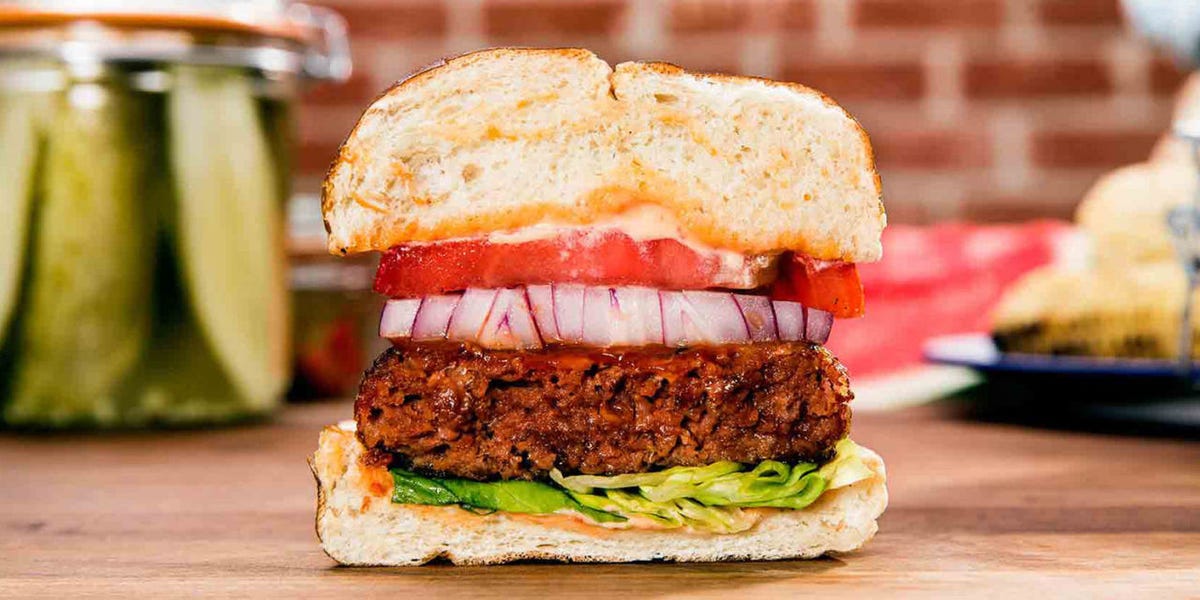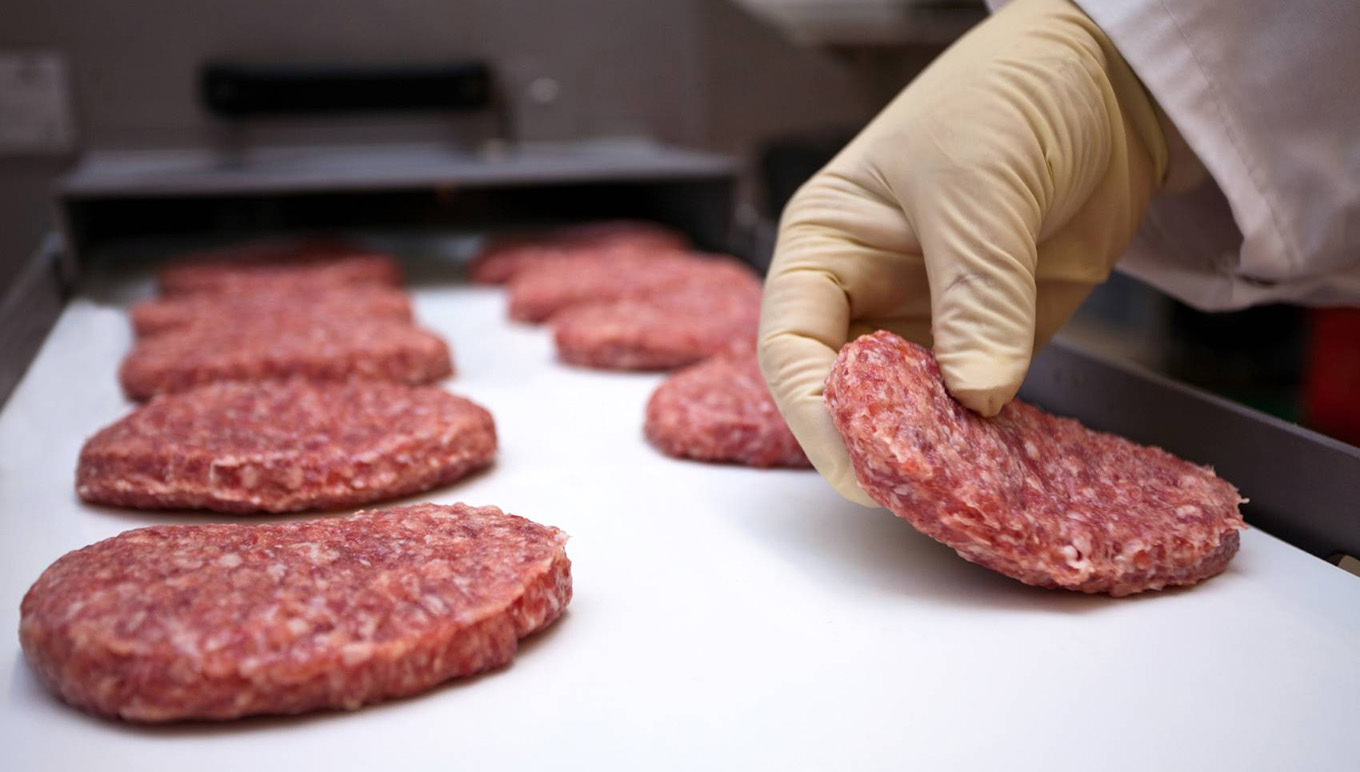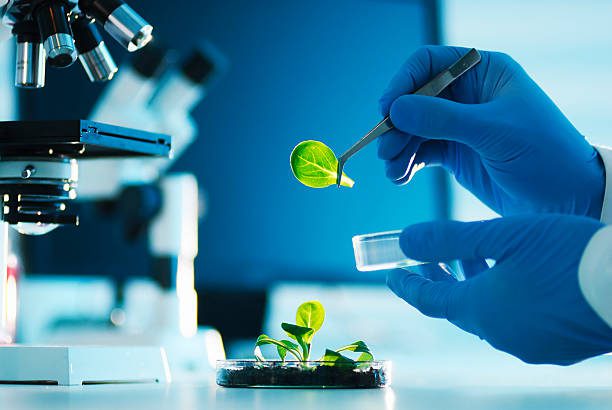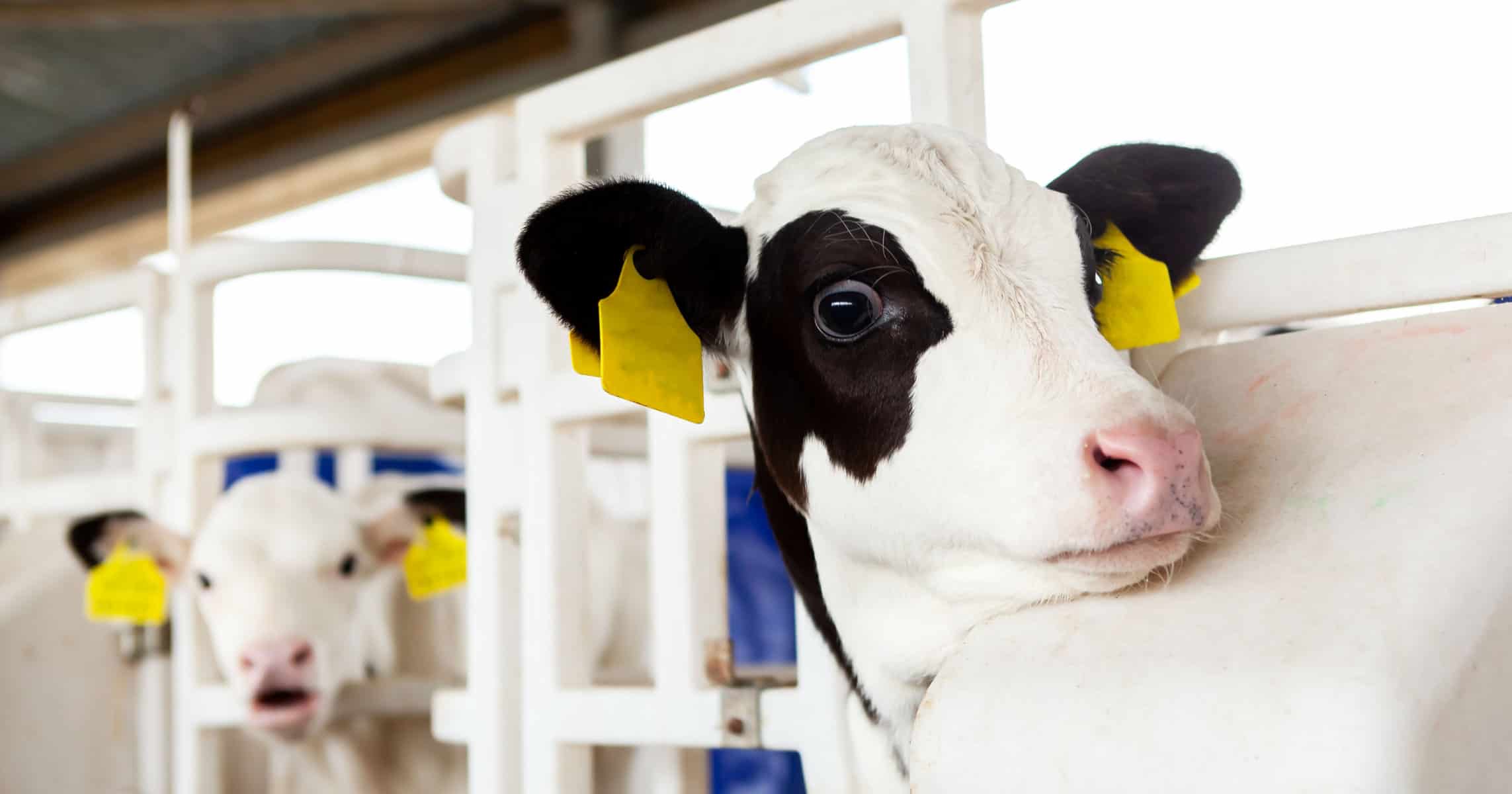The market for lab-grown meat also called cultivated or cell-cultured meat is expected to reach $1.99 billion by 2035, growing at an annual rate of 21.4%. Beef is poised to be the dominant segment.
The market got a boost last month when the U.S. Food and Drug Administration gave what amounts to a safety blessing to Upside Foods, a cultivated meat product startup, effectively setting in motion what many of these companies have been working toward: accelerated commercialization.
The FDA concluded that it had “no further questions” related to how Upside is producing its chicken made from the cultured cells of animals and said it is working with other cultivated meat companies in other pre-market consultation discussions.

However, cultivated meat continues to struggle with cost; chiefly how expensive it is to make products, which means that having price parity with traditional meat isn’t likely to happen soon. There’s also the all-important perspective of taste: Will people really want to eat these products?
While companies are working on taste, they are also making claims about the sustainability of the cultivated meat industry. A Good Food Institute report from last year showed that cultivated meat production processes could significantly reduce both global warming and land use. For beef, it can be, in some cases, reductions of more than 80% in environmental impact when compared to traditional beef production.

Today, cultivated meat startup SCiFi Foods, which raised $22 million this summer, revealed results from an analysis it conducted with The Ohio State University. It showed that 1 kilogram of its SCiFi burger had a smaller environmental impact than a traditional beef patty.
SCiFi’s burger consists of cultivated beef cells and plant-based ingredients, like water and soy protein isolate. Its production showed an overall greenhouse gas emissions reduction of 88.5%, while reducing energy use by 37.7%, land use by 90.6% and water use by 96.9%, according to a press release.

** Click here to read the full text **










